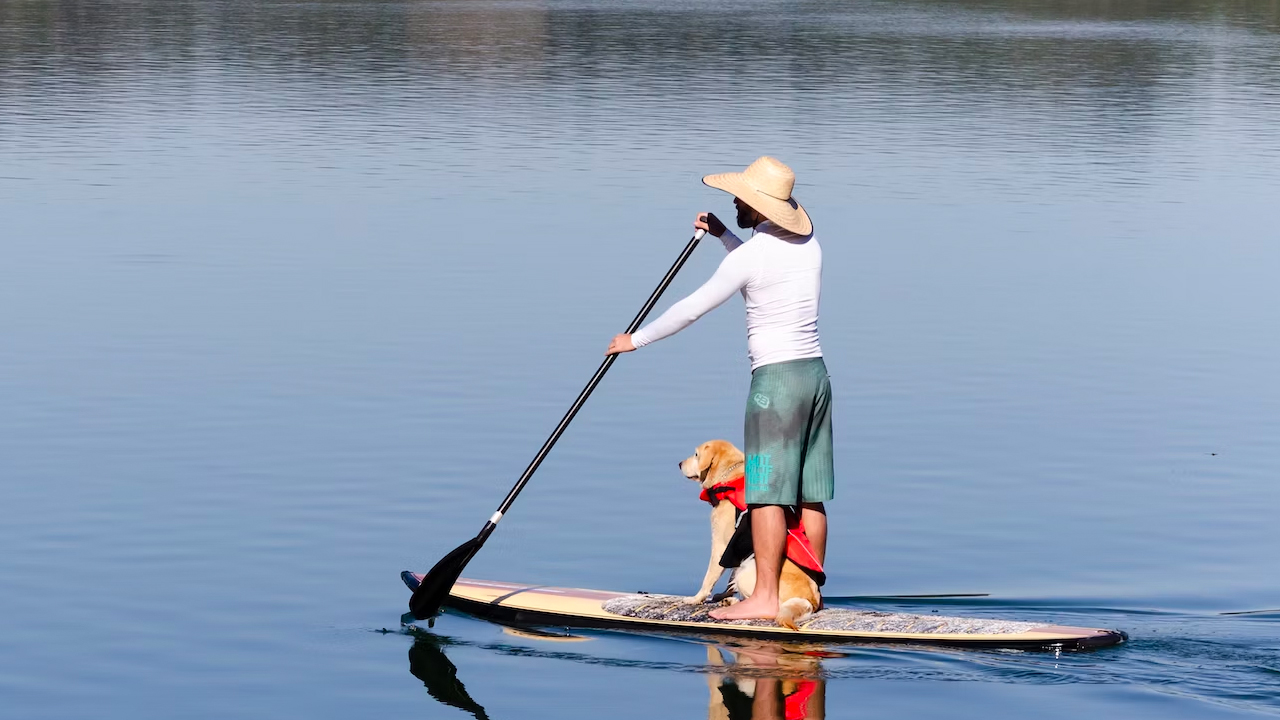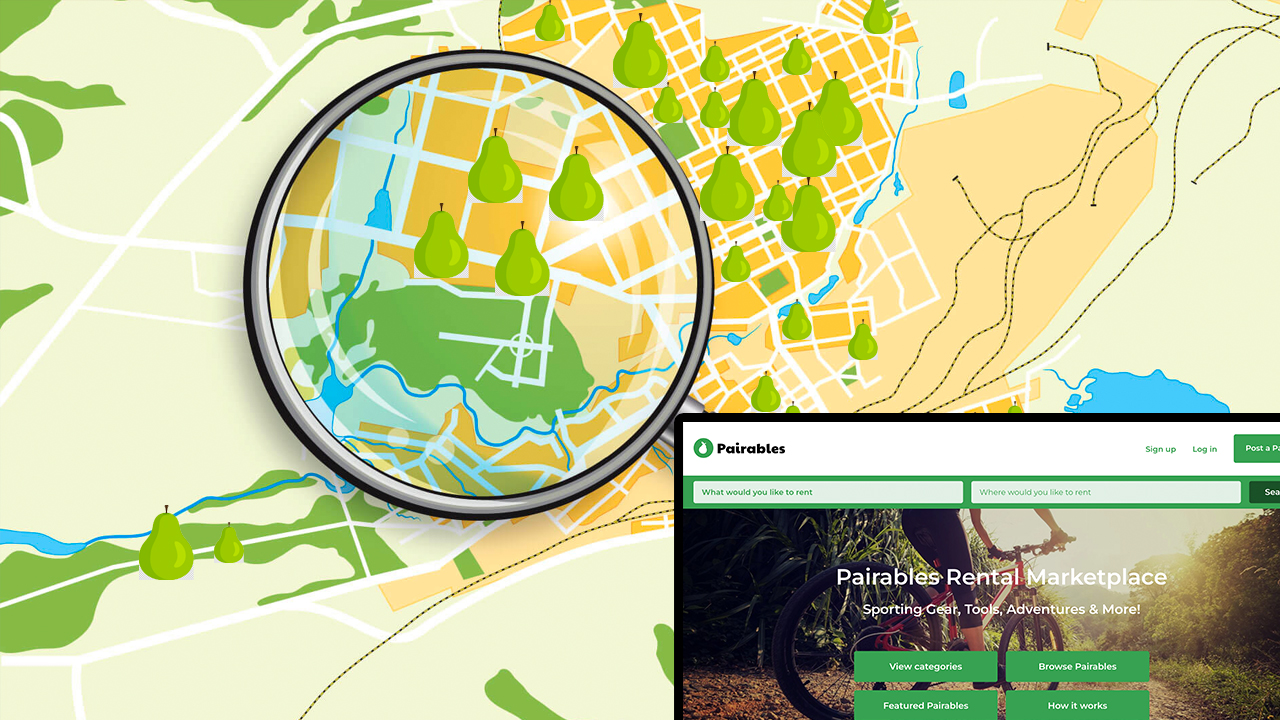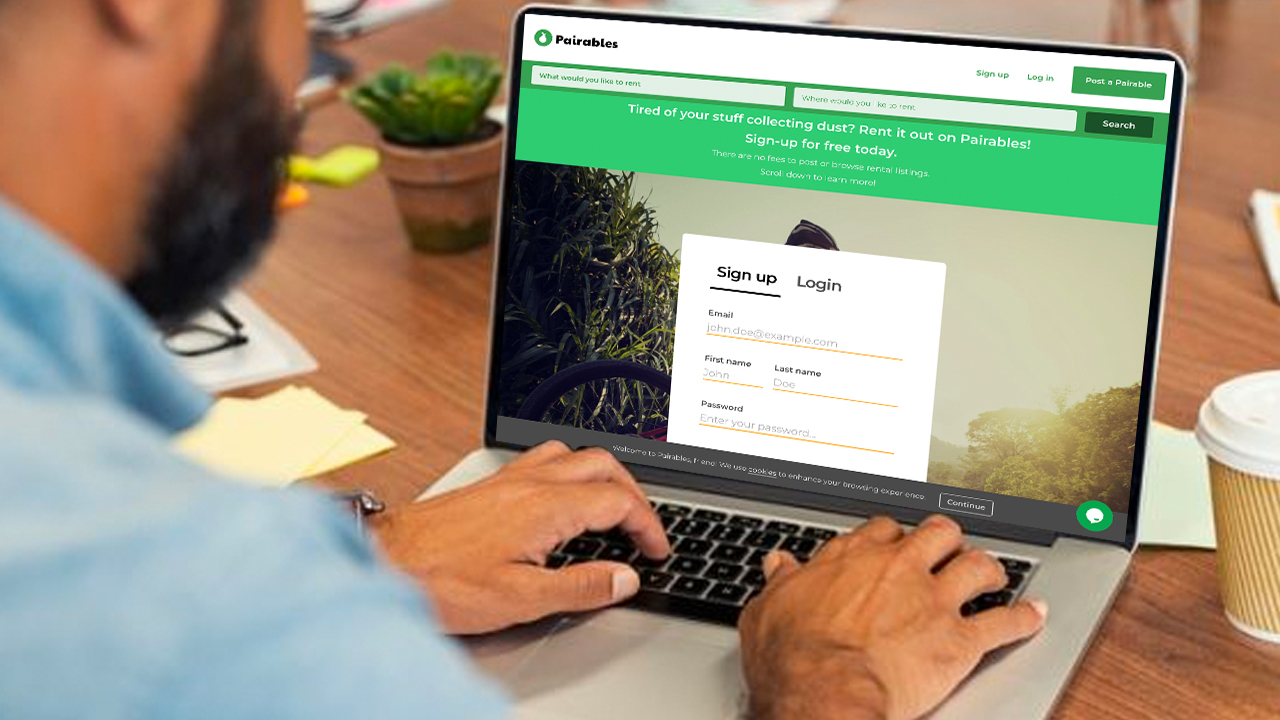Stand Up Paddle Boarding, commonly known as SUP, is a popular water activity that has gained immense popularity in recent years. It combines the tranquility of being on the water with the excitement of paddling, making it an excellent choice for people of all ages and fitness levels. In this article, we will explore the world of Stand Up Paddle Boarding and provide you with a comprehensive guide on how to get started with this exciting sport.
Table of Contents
- What is Stand Up Paddle Boarding?
- The History of Stand Up Paddle Boarding
- Benefits of Stand Up Paddle Boarding
- Choosing the Right Stand Up Paddle Board
- Essential Gear for Stand Up Paddle Boarding
- Basic SUP Techniques
- Advanced SUP Techniques
- Safety Tips for Stand Up Paddle Boarding
- Exploring Stand Up Paddle Boarding Locations
- Caring for Your Stand Up Paddle Board
- Frequently Asked Questions (FAQs)
What is Stand Up Paddle Boarding?
Stand Up Paddle Boarding is a water sport that originated in Hawaii and has evolved into a global phenomenon. It involves standing on a specially designed board and propelling yourself forward using a paddle. Unlike traditional surfing, where riders sit or lie on the board, SUP enthusiasts maintain an upright stance throughout the activity.
The History of Stand Up Paddle Boarding
Stand Up Paddle Boarding has ancient roots, with Polynesian cultures using similar board and paddle techniques for fishing and transportation. However, the modern sport, as we know it today, emerged in the 20th century, when surf instructors in Hawaii began using paddles to maintain a better view of their students and the surrounding waves.
Benefits of Stand Up Paddle Boarding
Physical Health Benefits
Stand Up Paddle Boarding offers a full-body workout, engaging various muscle groups such as the core, arms, legs, and back. It improves balance, coordination, and flexibility while being a low-impact activity that reduces stress on joints.
Mental Health Benefits
Being on the water and connecting with nature can have a calming effect on the mind. SUP provides an opportunity to practice mindfulness and escape the hustle and bustle of daily life, promoting mental well-being.
Choosing the Right Stand Up Paddle Board
Types of SUP Boards
There are several types of SUP boards available, each designed for specific purposes:
- All-Around SUPs: Versatile boards suitable for various conditions, perfect for beginners.
- Touring SUPs: Designed for longer journeys and exploring calm waters.
- Yoga SUPs: Stable boards with added deck space for practicing yoga on water.
- Surfing SUPs: Smaller boards with a narrower profile for riding waves.
- Racing SUPs: Long, narrow boards built for speed and performance in races.
- Fishing SUPs: Equipped with fishing accessories and extra stability for angling.
Board Size and Volume
The size and volume of the SUP board directly impact its stability and performance. Choose a board with enough volume to support your weight and skill level. Larger boards offer more stability, making them ideal for beginners, while smaller boards provide better maneuverability.
Construction Materials
Most SUP boards are made from one of the following materials:
- EPS Foam Core with Fiberglass: Lightweight and durable, suitable for various conditions.
- Inflatable (iSUP): Portable and easy to store, ideal for travelers and limited storage spaces.
- Plastic: Durable and budget-friendly, perfect for beginners and rental boards.
- Carbon Fiber: High-performance boards for advanced paddlers, offering excellent speed and responsiveness.
Fins and Hull Shape
The fin setup and hull shape influence the board’s stability, tracking, and maneuverability:
- Single Fin: Provides straight tracking, ideal for flatwater paddling and touring.
- Three-Fin (Thruster): Offers a balance of tracking and maneuverability, great for all-around use.
- Four-Fin (Quad): Enhances maneuverability and speed, suitable for surfing.
- Planing Hull: Wide and flat hull for stability, perfect for beginners and recreational paddling.
- Displacement Hull: Pointed nose for better tracking and efficiency, suitable for longer distances.
Essential Gear for Stand Up Paddle Boarding
Before hitting the water, make sure you have the following essential gear:
Paddle Selection
Choose a paddle that is the right length and material for your height and paddling style. A lightweight and adjustable paddle is recommended for versatility and ease of use.
Safety Gear
Wearing appropriate safety gear is crucial for a safe paddleboarding experience:
- Personal Flotation Device (PFD): A PFD is a must for all paddlers, regardless of swimming ability.
- Whistle: Carry a whistle to signal for help in case of an emergency.
- Sun Protection: Wear a hat, sunglasses, and sunscreen to shield yourself from the sun’s rays.
Personal Flotation Devices (PFDs)
PFDs, also known as life jackets, come in various styles, including inflatable and foam-filled. Choose a PFD that fits comfortably and meets the required safety standards.
Leashes
Leashes keep you connected to your board, preventing it from floating away in case of a fall. Choose a leash suitable for your board type and intended use.
Basic SUP Techniques
Standing Up and Maintaining Balance
When getting on your SUP board, start in shallow water and kneel on the board. Slowly stand up one foot at a time, placing your feet shoulder-width apart for stability. Keep your knees slightly bent and maintain a relaxed posture while paddling.
Paddle Strokes and Techniques
There are several paddle strokes you should learn:
- Forward Stroke: Insert the paddle blade fully into the water, pull it back alongside the board, and then lift it out of the water. Alternate sides with each stroke.
- Reverse Stroke: Similar to the forward stroke but performed in the opposite direction to slow down or stop.
- Sweep Stroke: Start the stroke near the front of the board and sweep the paddle outwards in a wide arc to turn.
- Draw Stroke: Use this stroke to move the board sideways by pulling the paddle towards the board’s side.
- J Stroke: An advanced stroke for maintaining a straight course by combining the forward stroke with a slight turn at the end.
Turning and Maneuvering
Practice different turning techniques to steer your SUP board:
- Forward Sweep Turn: Perform a forward sweep stroke on one side of the board to turn in the opposite direction.
- Backward Sweep Turn: Perform a backward sweep stroke on one side to pivot the board in the opposite direction.
- Step Back Turn: Step back on the board to lift the nose slightly, then use a sweeping stroke to turn.
- Step Back Pivot Turn: Step back on the board, shift your weight to the tail, and use a sweeping stroke to pivot the board.
Advanced SUP Techniques
Surfing with a SUP Board
Surfing with a SUP board requires skill and practice. Start with small waves and gradually work your way up to larger ones. Use the paddle for balance and steering, and practice paddling while in a prone position.
Racing and Fitness Paddling
Racing and fitness paddling involve high-intensity workouts and long-distance paddling. Improve your technique, endurance, and speed through regular training sessions and participation in SUP races.
Safety Tips for Stand Up Paddle Boarding
Understanding Weather Conditions
Check the weather forecast before heading out and avoid paddling in severe weather conditions, strong winds, or thunderstorms. Be aware of changing conditions and stay close to shore if necessary.
Dealing with Currents and Tides
Understand the tidal patterns and currents of the area where you are paddling. Plan your paddling route accordingly and be aware of the direction and strength of the currents to avoid getting carried away from your intended destination.
Handling Emergencies
Be prepared for emergencies and know how to handle them:
- If you fall off the board, try to stay calm and climb back on as quickly as possible.
- If your board gets away from you, retrieve it before attempting to swim back to shore.
- In case of an injury or emergency, signal for help using your whistle or shout for assistance.
Exploring Stand Up Paddle Boarding Locations
Rivers and Lakes
Paddling on rivers and lakes offers a serene experience amidst beautiful natural surroundings. Explore calm waters and enjoy a peaceful day on your SUP board.
Coastal Areas and Ocean Paddling
For more adventurous paddlers, coastal areas and ocean paddling offer the excitement of riding waves and exploring coastal landscapes. However, be cautious of tides, currents, and changing weather conditions.
SUP Yoga and Meditation
Take your yoga and meditation practice to the water by trying SUP yoga. It provides an excellent opportunity to connect with nature and find inner peace on your floating yoga mat.
Caring for Your Stand Up Paddle Board
Cleaning and Maintenance
Rinse your SUP board with fresh water after each use to remove saltwater and sand. Store it in a cool, dry place away from direct sunlight to prolong its lifespan.
Storage Tips
If you have an inflatable SUP board, deflate and roll it up for compact storage when not in use. For hard boards, use padded board bags for protection during transportation and storage.
Renting a Stand-Up Paddle Board
If you’re new to stand-up paddleboarding or don’t own your own equipment, renting a paddleboard is an excellent option to get started. Here’s how to go about renting a stand-up paddle board:
- Find a Paddle Board Rental Location: Begin by searching for paddle board rental shops or water sports centers in your area. Many coastal areas, lakes, and rivers offer paddleboard rentals for locals and tourists alike.
- Check Rental Options and Rates: Once you’ve found a few rental locations, check their rental options and rates. Some places may offer hourly, half-day, full-day, or even weekly rental options. Compare prices and choose the one that fits your budget and schedule.
- Inquire About Equipment Quality: Before making a reservation, inquire about the quality and condition of the paddle boards. It’s essential to rent from a place that maintains their equipment well, ensuring a safe and enjoyable experience on the water.
- Reserve in Advance: If you’re planning to rent a paddleboard during peak seasons or busy weekends, it’s advisable to reserve your board in advance. This ensures that you get the board of your choice and avoid disappointment due to unavailability.
- Ask for Basic Instructions: If you’re new to stand-up paddleboarding, don’t hesitate to ask the rental staff for basic instructions. They can provide you with some tips on how to stand up, balance, and paddle properly. This will help you feel more confident and comfortable on the water.
- Inspect the Equipment: Before heading out on the water, carefully inspect the paddleboard for any damages or issues. Point out any concerns to the rental staff to avoid any misunderstandings upon return.
- Enjoy Your Paddleboarding Adventure: Once you have your paddleboard and safety gear, head to the water and enjoy your paddleboarding adventure. Explore the beautiful surroundings, connect with nature, and experience the joy of gliding on the water.
Renting from Your Neighbors with Pairables
In addition to traditional rental shops, there’s another innovative and community-building way to rent a stand-up paddle board—through Pairables, the peer-to-peer rental platform. Pairables allows individuals to share their belongings with their neighbors, fostering a strong sense of community and promoting a greener, more sustainable way of living.
By renting from your neighbors through Pairables, not only do you support local individuals, but you also actively reduce the demand for mass-produced goods, thus contributing to a more environmentally-friendly lifestyle. It’s a true win-win situation where you gain access to quality paddleboards while simultaneously building meaningful connections with people in your neighborhood.
Pairables ensures that all rentals are secure and trustworthy, providing a safe platform for transactions and interactions between neighbors. So, next time you’re in need of a stand-up paddle board, consider checking out Pairables to find a rental option that helps you build community and supports a greener way of living.
Frequently Asked Questions (FAQs): Stand Up Paddle Board
What should I wear for Stand Up Paddle Boarding?
Wear comfortable and quick-drying clothing suitable for water activities. Consider wearing a rash guard or wetsuit for added protection from the sun and water.
Can I do SUP if I can’t swim?
While it’s recommended to know how to swim, wearing a personal flotation device (PFD) ensures that even non-swimmers can enjoy stand-up paddleboarding with added safety.
Is Stand Up Paddle Boarding suitable for kids?
Yes, stand-up paddleboarding is a family-friendly activity suitable for kids. Ensure they wear appropriate safety gear and always supervise them while on the water.
Can I take my dog on a SUP board?
Yes, many dogs enjoy stand-up paddleboarding with their owners. Start with short trips and make sure your dog is comfortable with the experience.
What are the best conditions for Stand Up Paddle Boarding?
The best conditions for stand-up paddleboarding are calm waters with minimal wind and waves. However, experienced paddlers may enjoy the challenge of paddling in more challenging conditions.




